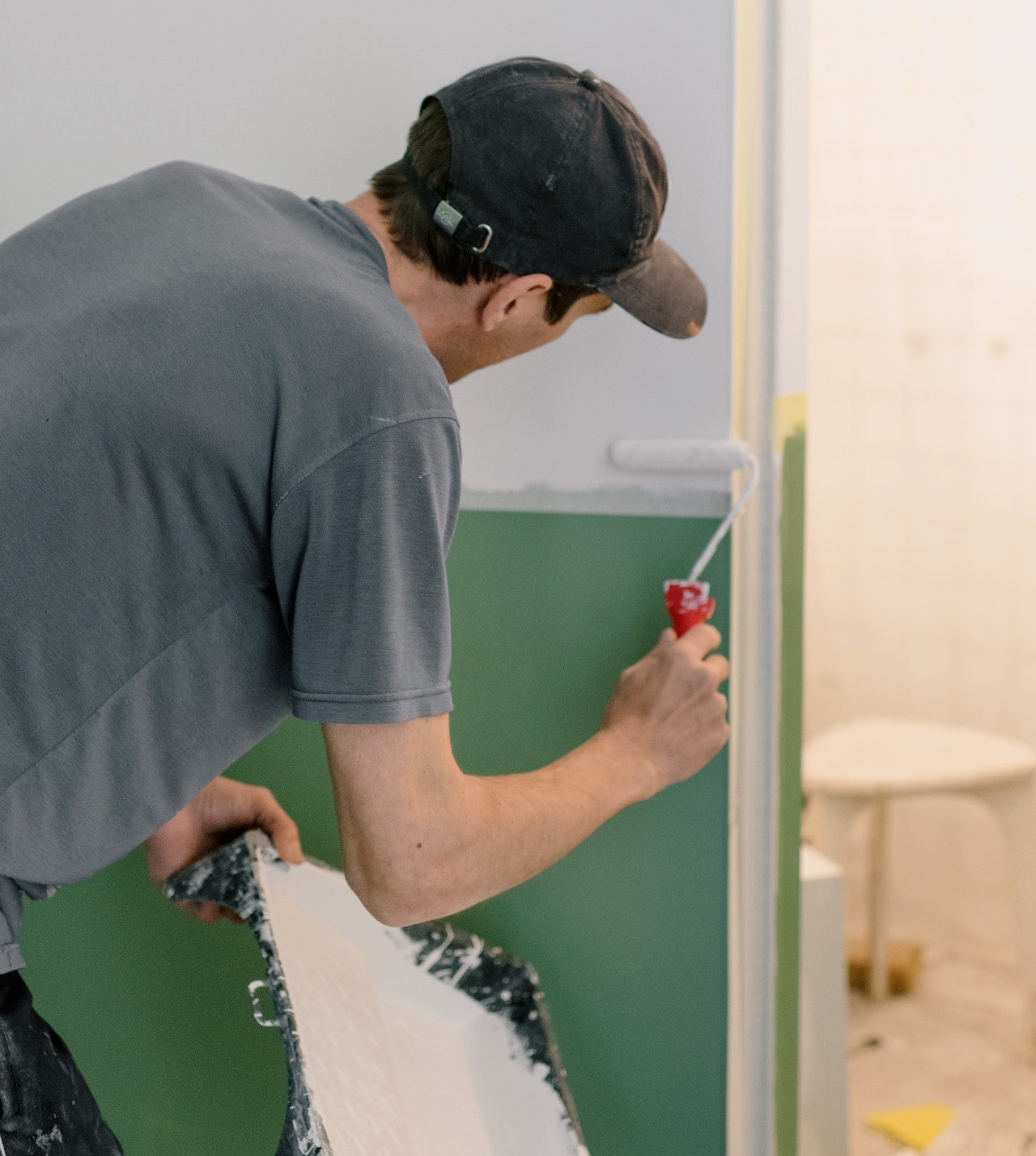In the realm of home improvements, Residential refurbishments stand as a testament to the transformative power of renovation. Refurbishing a property involves more than a mere facelift; it’s a comprehensive process that breathes new life into a home, enhancing its functionality, aesthetics, and value. In this article, we delve into the world of refurbishments, exploring their significance, benefits, key considerations, and how they contribute to rejuvenating homes for modern living.

Residential refurbishments
Table of Contents
- Introduction to Residential Refurbishments
- The Significance of Residential Refurbishments
- Embracing Modern Lifestyles
- Preserving Architectural Heritage
- Maximizing Space and Functionality
- The Multifaceted Process of Residential Refurbishments
- Initial Assessment and Planning
- Design and Concept Development
- Structural Modifications and Renovations
- Aesthetic Enhancements
- Technology Integration
- Benefits of Residential Refurbishments
- Enhanced Comfort and Livability
- Increased Property Value
- Energy Efficiency and Sustainability
- Personalization and Customization
- Key Considerations for a Successful Refurbishment Project
- Budget and Financing
- Expertise and Professional Guidance
- Planning Permission and Regulations
- Sustainability and Eco-Friendly Practices
- Case Studies: Inspiring Residential Refurbishment Projects
- The Future of Residential Refurbishments: Innovation and Adaptation
- Conclusion
Introduction to Residential Refurbishments
Residential refurbishments are a testament to the evolution of homeownership. They signify the desire to harmonize a property’s past with contemporary living standards, breathing new vitality into its design and functionality.
The Significance of Residential Refurbishments
Embracing Modern Lifestyles
As lifestyles evolve, homes must adapt. Refurbishments align homes with modern needs, integrating technological advancements and spatial configurations that cater to contemporary living.
Preserving Architectural Heritage
Refurbishments provide the opportunity to restore and preserve the character of historic properties, maintaining their charm while ensuring they remain relevant for generations to come.
Maximizing Space and Functionality
Refurbishments unlock a home’s hidden potential, optimizing layouts and space usage to create more comfortable and functional living environments.
The Multifaceted Process of Residential Refurbishments
Initial Assessment and Planning
An accurate assessment of the property’s condition and potential is the foundation of any refurbishment project. Planning involves setting objectives, determining the scope of work, and establishing a realistic budget.
Design and Concept Development
Collaboration with architects and designers results in creative concepts that blend innovation with the property’s unique characteristics. Design decisions encompass spatial flow, aesthetics, and material selection.
Structural Modifications and Renovations
Structural changes, such as altering room layouts or adding extensions, contribute to optimizing space and improving functionality.
Aesthetic Enhancements
Aesthetic upgrades, including interior and exterior finishes, lighting, and decor, elevate the visual appeal of a property and create a harmonious ambiance.
Technology Integration
Modern refurbishments often include the integration of smart home technology, enhancing convenience, security, and energy efficiency.
Benefits of Residential Refurbishments
Enhanced Comfort and Livability
Refurbishments result in spaces that align with contemporary comforts, enhancing day-to-day living experiences.
Increased Property Value
A well-executed refurbishment project can significantly boost a property’s value, making it an investment that yields returns.
Energy Efficiency and Sustainability
Incorporating sustainable design elements and energy-efficient technologies reduces a property’s carbon footprint and contributes to lower utility bills.
Personalization and Customization
Refurbishments offer homeowners the opportunity to personalize spaces according to their unique tastes and preferences.
Key Considerations for a Successful Refurbishment Project
Budget and Financing
Creating a realistic budget and securing financing are essential steps in ensuring a successful refurbishment project.
Expertise and Professional Guidance
Engaging experienced professionals, including architects, designers, and contractors, ensures the project’s smooth execution and optimal outcomes.
Planning Permission and Regulations
Understanding and obtaining necessary planning permissions and adhering to building regulations is crucial to avoiding legal issues.
Sustainability and Eco-Friendly Practices
Incorporating sustainable materials and practices not only benefits the environment but also aligns with modern values.
Case Studies: Inspiring Residential Refurbishment Projects
Elegance Revived: Victorian Townhouse Transformation
A Victorian townhouse underwent a refurbishment that balanced its historical charm with contemporary luxury. The result was an elegant fusion of classic architecture and modern comforts.
Urban Oasis: Apartment Reimagined
An outdated apartment was revitalized through a refurbishment that maximized space, introduced modern finishes, and embraced open-plan living, creating an urban oasis.
The Future of Residential Refurbishments: Innovation and Adaptation
Technological advancements, sustainable design practices, and flexible living solutions will shape the future of residential refurbishments, catering to the changing needs of homeowners.
Conclusion
Residential refurbishments stand as a testament to the ever-evolving relationship between architecture and modern living. By understanding their significance, benefits, and considerations, homeowners can embark on a journey of revitalization, turning their properties into harmonious havens that effortlessly merge the past and present.



